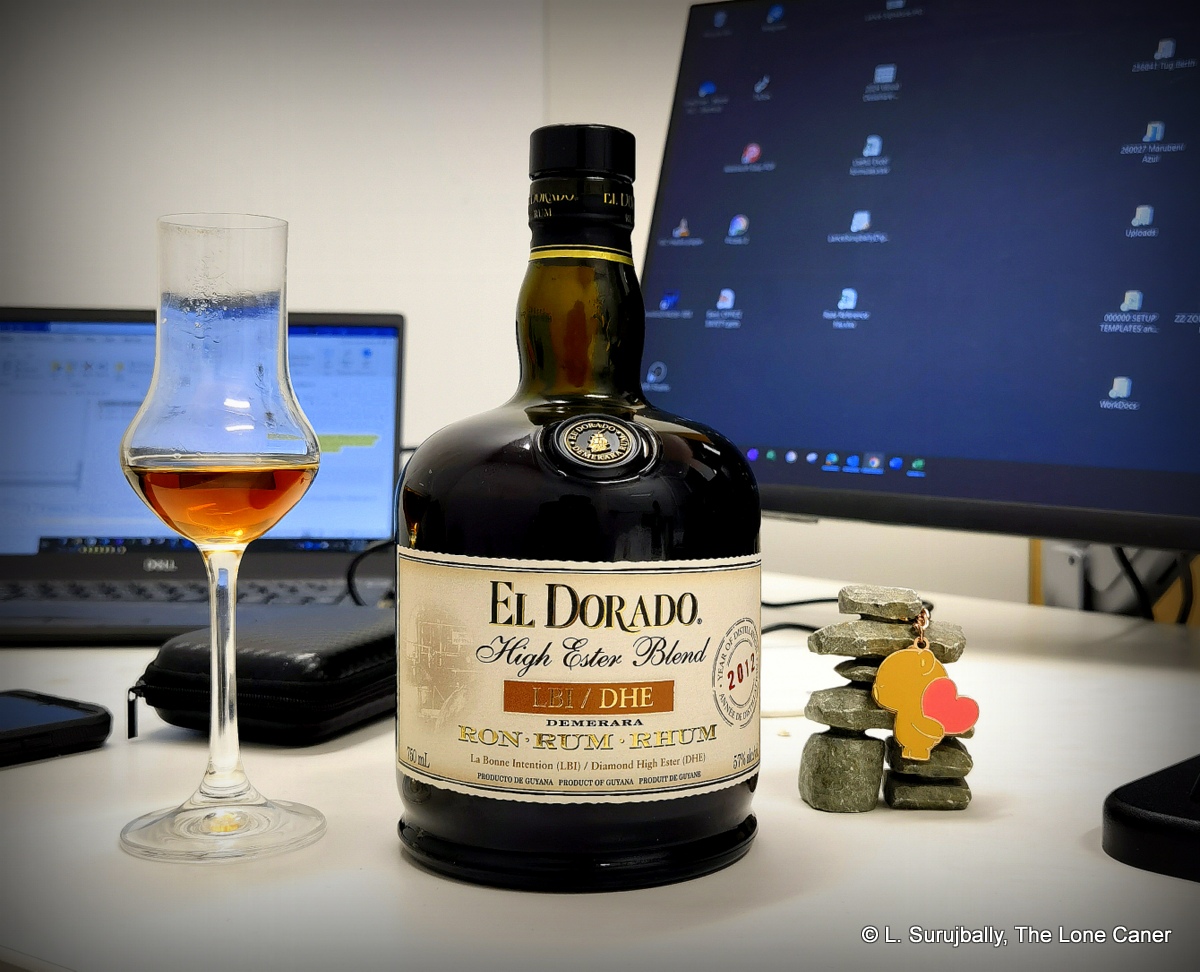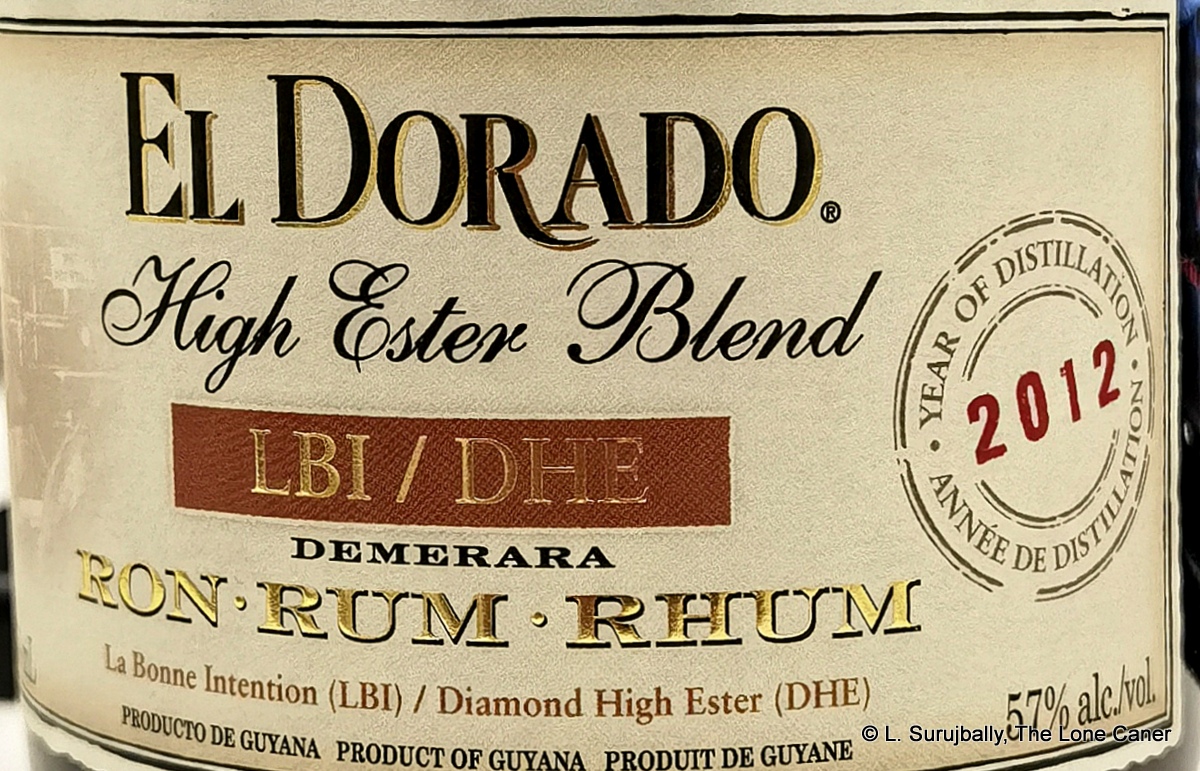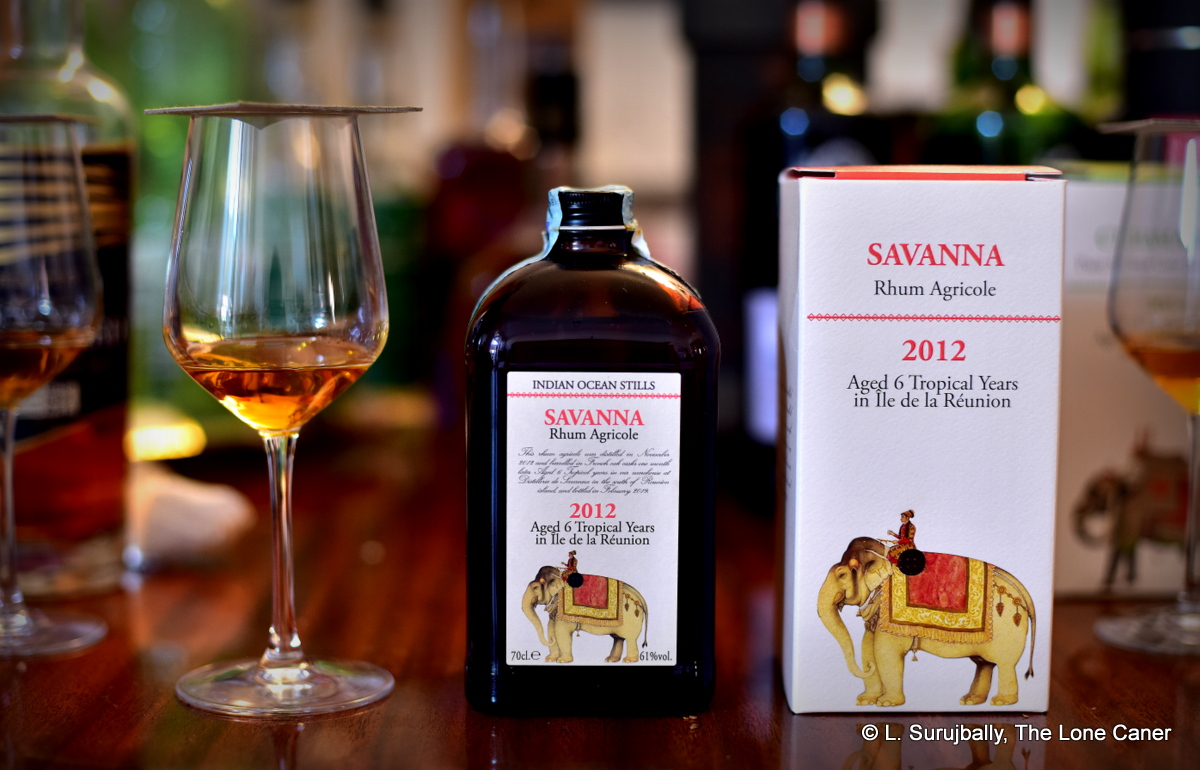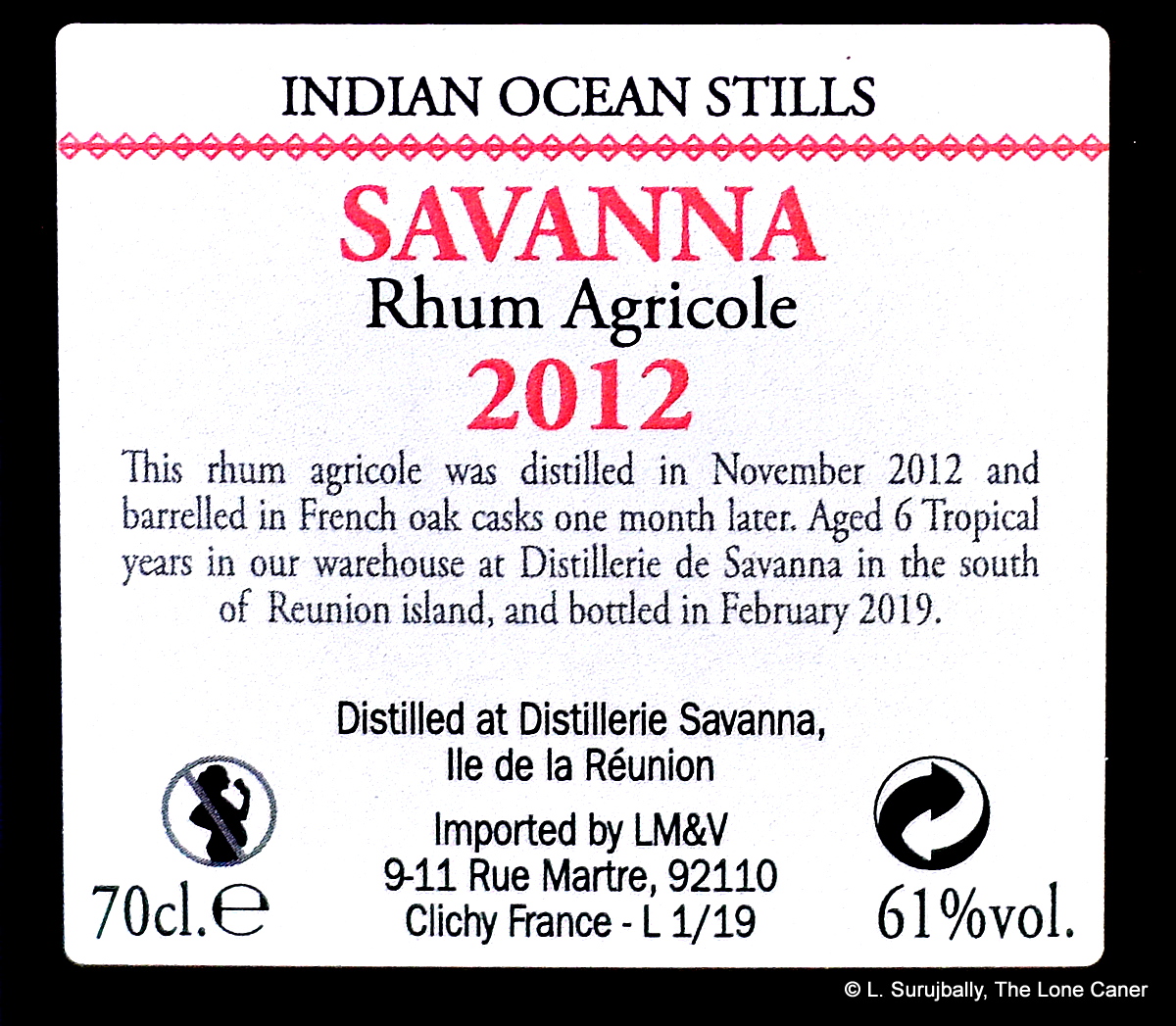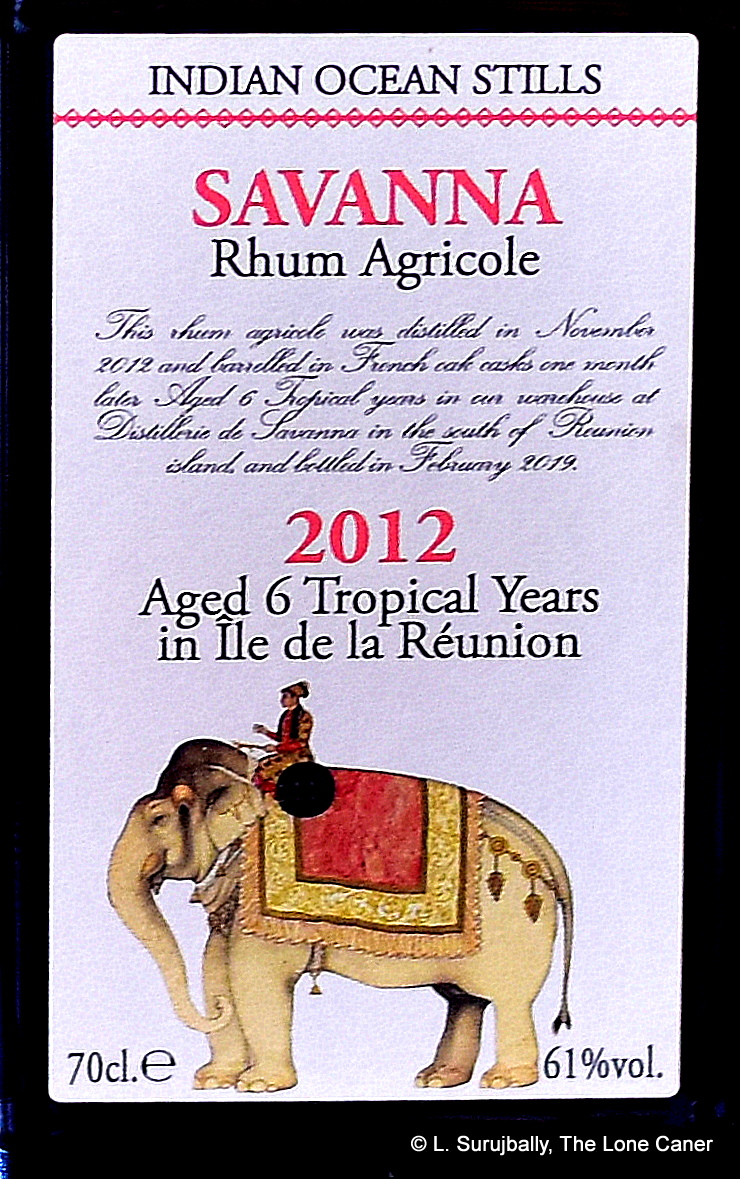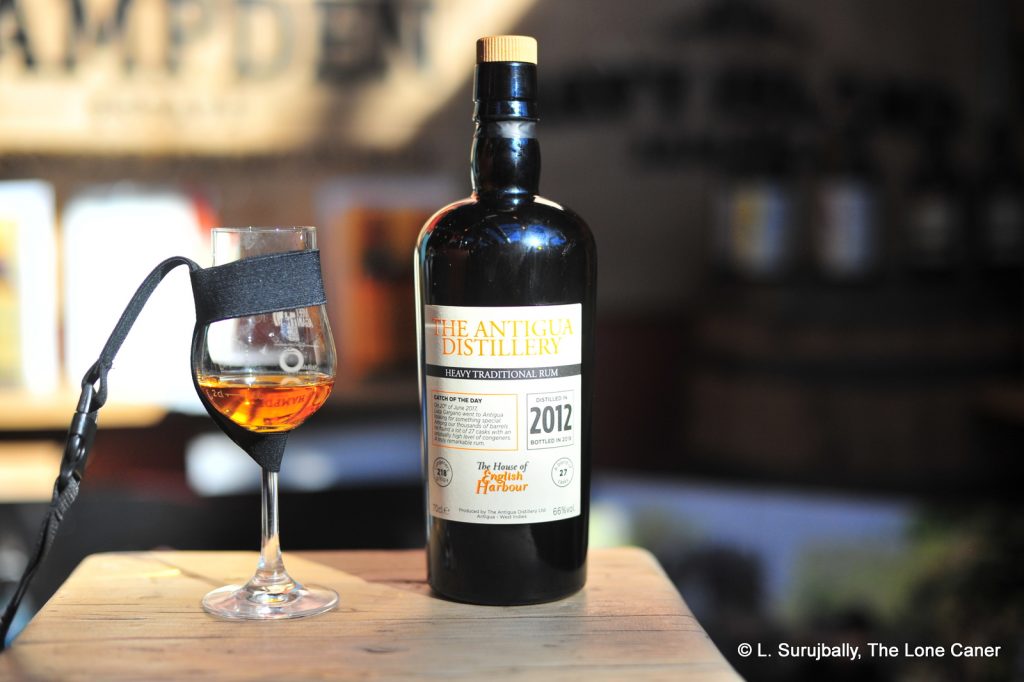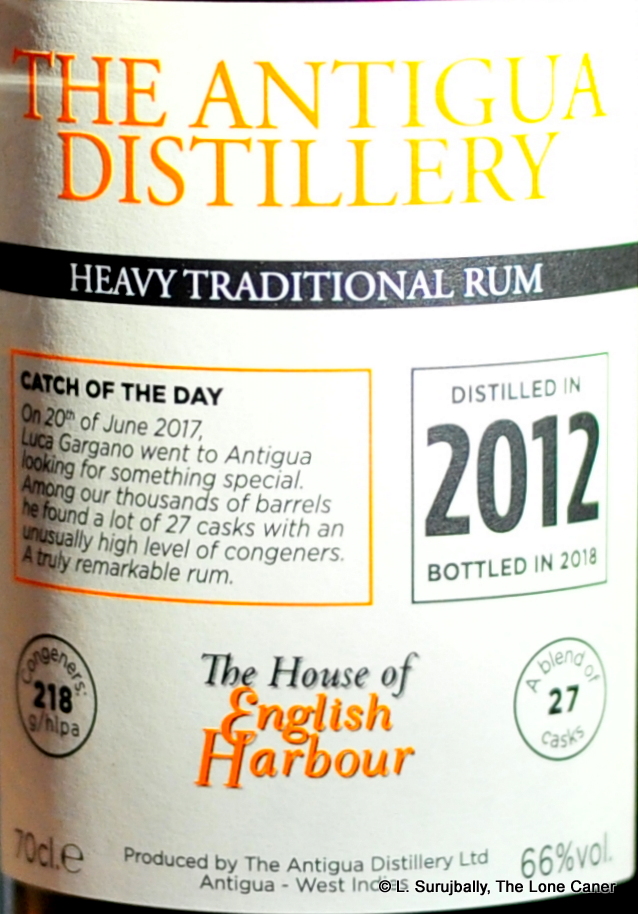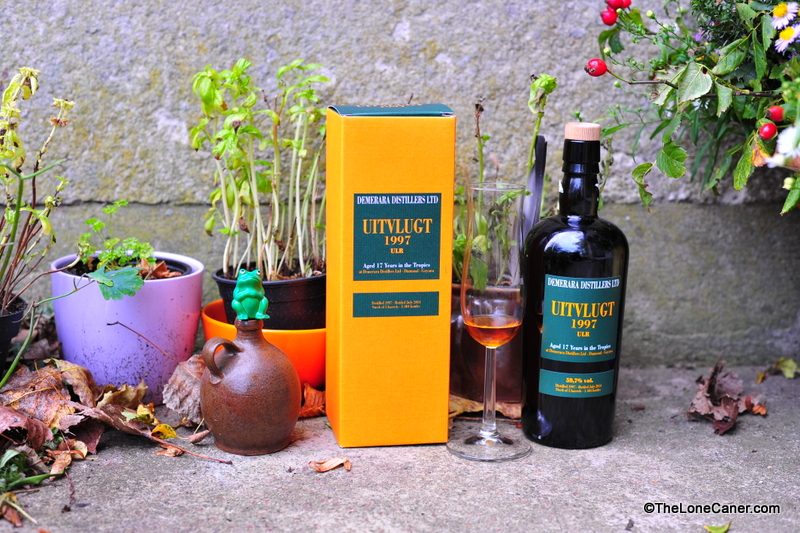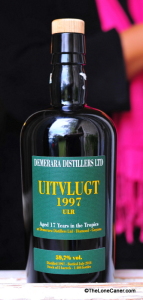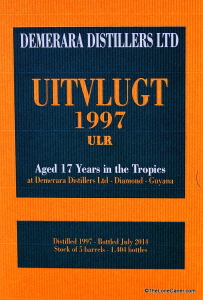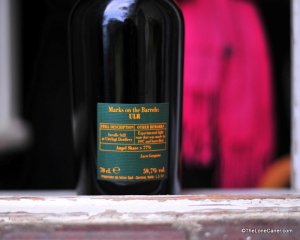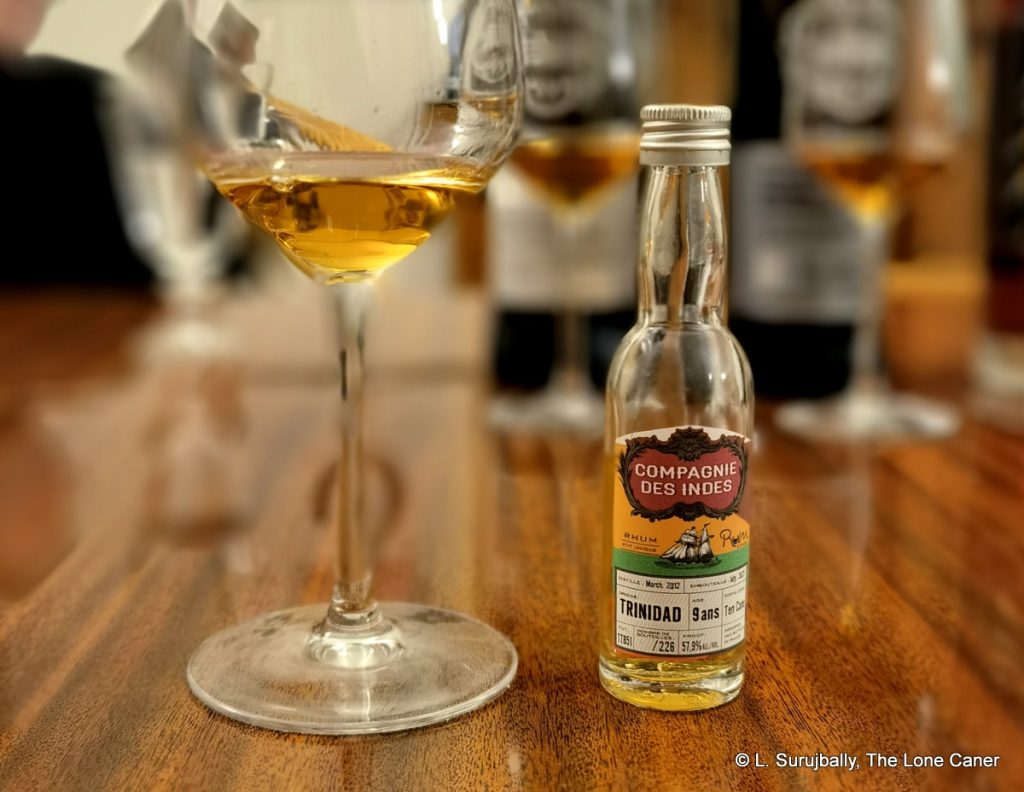
The rumisphere is littered with the detritus of small companies and experiments that started off well and then just gave up and died at the side of the road. The original and the new Renegade company, Toucan, Nine Leaves, all those small British merchant bottlers from decades past, they all bear witness to efforts that sadly could not be sustained, leaving us poorer than before. It’s usually economics, of course, but here with the Ten Cane brand, one would have thought the deeper pockets of the parent company might have allowed it to find its feet and establish a better market presence – alas, this never happened.
Ten Cane is the brainchild of LVMH (Louis Vuitton Moet Hennessy, home of the bags Mrs. Caner lusts after and beggars me to buy), who had the excellent idea to make artisanal rums in Trinidad by shipping over a pair of copper charentais pot stills from France in 2003, and making cane juice rums at Usine St. Madeleine together with Angostura (who provided logistical support and facilities).
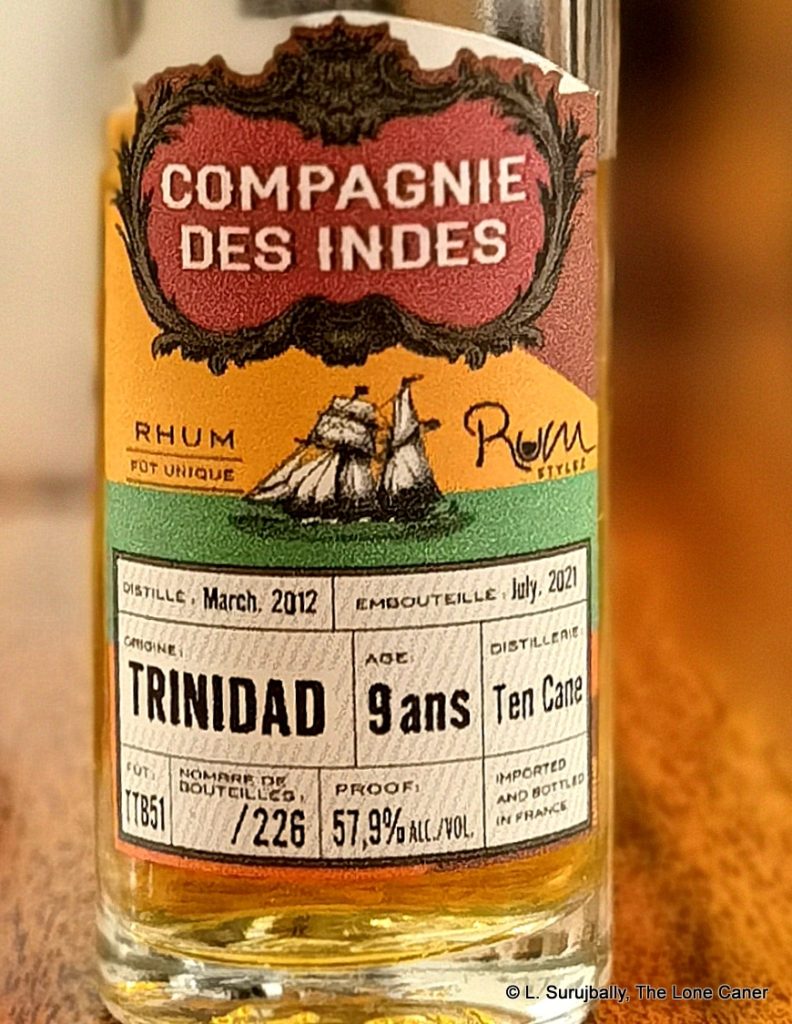 The idea was a good one and I still feel they were a little ahead of their time – the rum renaissance had not yet hit its peak – but clearly the sales were less than what was hoped for, and even after they started doing a blend of molasses and cane juice rums under the Ten Cane moniker, as well as shipping bulk to Europe for indie bottlers to work with, it didn’t pay off. In 2015 they ceased operations altogether and the remaining stock of ageing barrels were shipped over to Foursquare, and then Europe. We can still find various expressions around the indie circuit, but they are getting less all the time, and now knowledge of the brand is limited mostly to aficionados, or the odd post here or there about some dusty bottle found somewhere. Oh, and as an aside, those cognac pot stills were left to gather dust, until San Juan Artisanal Distillery in Puerto Rico outfit saw their potential and bought them to ship to their own distillery, a few years after Ten Cane folded.
The idea was a good one and I still feel they were a little ahead of their time – the rum renaissance had not yet hit its peak – but clearly the sales were less than what was hoped for, and even after they started doing a blend of molasses and cane juice rums under the Ten Cane moniker, as well as shipping bulk to Europe for indie bottlers to work with, it didn’t pay off. In 2015 they ceased operations altogether and the remaining stock of ageing barrels were shipped over to Foursquare, and then Europe. We can still find various expressions around the indie circuit, but they are getting less all the time, and now knowledge of the brand is limited mostly to aficionados, or the odd post here or there about some dusty bottle found somewhere. Oh, and as an aside, those cognac pot stills were left to gather dust, until San Juan Artisanal Distillery in Puerto Rico outfit saw their potential and bought them to ship to their own distillery, a few years after Ten Cane folded.
All this then leads us to one of the earlier indies from the 2010s, Compagnie des Indes, based in France, run by that very likeable chap Florent Beuchet. Although he made his name with single cask bottlings for which the company remains best known, its the blends like Tricorne or Darklice or Caraibes or Latino which keep the lights on – much as many other indies have been doing to subsidize their more exclusive high proof single cask bottlings. This edition of the Ten Cane distillate was made in 2012 and bottled in 2021. It’s a single cask expression of 226 bottles, issued at a solid 57.9% and apparently all cane juice source.
Tried in conjunction with the Rum Artesanal Trinidad TDL 2002 19YO (review coming soon to the site near you), it snaps into focus with an aroma of dry, briny and dusty aromatic notes, with a nice background of less-sweet figs, dates, pomegranates and dark honey. There isn’t a whole lot of fruit here, but as if to compensate, what we can sense is caramel, honey, toffee, vanilla, a rich cheesecake, nutmeg cumin, cloves, and even a sly hint of new leather furniture that’s been well polished. Cane juice? It doesn’t present that way, really, at least not entirely. The literature is inconclusive on this point, and I do think it’s a bit of both molasses and juice, but Florent Beuchet did come back to me and confirm it was all cane juice distillate, so maybe it was just the ageing.
The taste does seem to confirm this, as there are slightly more of the grassy and herbaceous agricole style notes ot be found here. It tastes a bit sweeter than the nose suggested, and is also somewhat lighter, cleaner. There’s a nice sense of salted caramel ice cream, concentrated rum-soaked black cake, brine, olives, raisins and cereals, and the faintest touch of unripe green apples and lemongrass, with a gradually increasing citrus taste to it, far from unpleasant. All this leads to a medium long, dry and sweetish finish that wraps up the show quite nicely, without adding anything new.
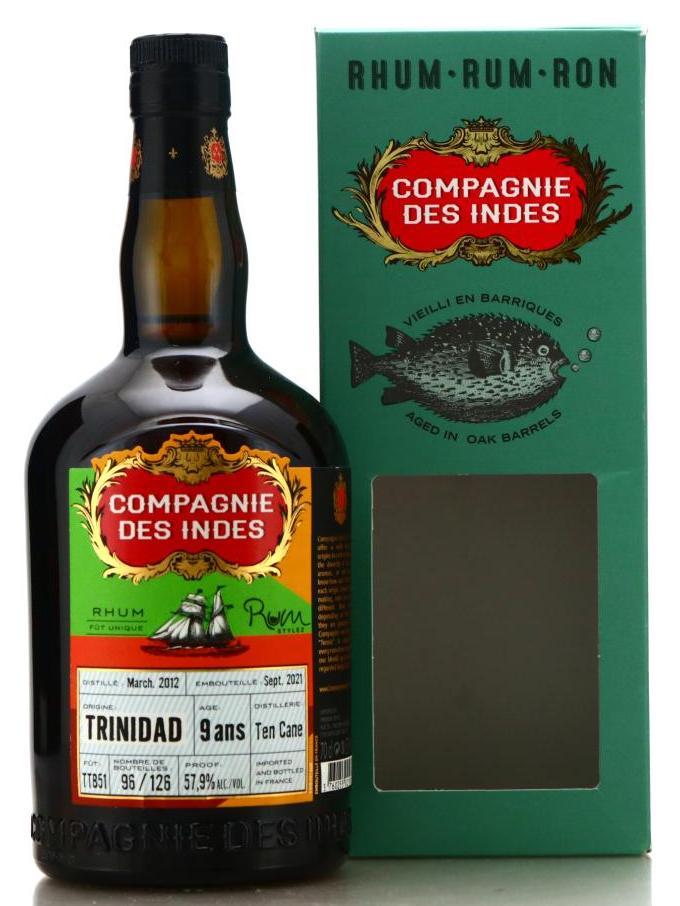 On balance, I can’t say the rum impressed me that much (though I’d buy it if the price was right). It’s a decently made product with a nice series of aromas and tastes, yet it remains somewhat thin even at its strength, and overall, it suggests potential more than actuality. Moreover, the profile just doesn’t come together very well, and one gets the impression the various elements of sweet, salt, fruit and what have you, are playing against each other, rather than working together to provide a cohesive tasting profile. It makes the overall experience less, if only for me.
On balance, I can’t say the rum impressed me that much (though I’d buy it if the price was right). It’s a decently made product with a nice series of aromas and tastes, yet it remains somewhat thin even at its strength, and overall, it suggests potential more than actuality. Moreover, the profile just doesn’t come together very well, and one gets the impression the various elements of sweet, salt, fruit and what have you, are playing against each other, rather than working together to provide a cohesive tasting profile. It makes the overall experience less, if only for me.
Although Ten Cane issued rums since at least 2008 when the ageing was a mere eight months or so (I’ve read here and there that some people believe many of the best ones were distilled around that time) they only really started popping out of the woodwork on the festival circuit, online shops and social media ecosystem a few years later. These days one can, with some effort, find indie bottlings by The Duchess, TBRC, Rom Deluxe, Valinche & Mallet, BBR, Cave Guldive, L’Espirit and even Holmes Cay. The original LVMH bottlings have now become auction house listings one sees only rarely, yet, paradoxically, the last one I saw went for £35 in 2024, which even for standard 40% strength, is remarkably cheap compared to the indies. I didn’t pick it up back then, but that doesn’t mean you shouldn’t if the chance comes up again. It’s a good rum in its own right, no matter who makes it or what this review implies.
(#1116)(82/100) ⭐⭐⭐½
Other notes
